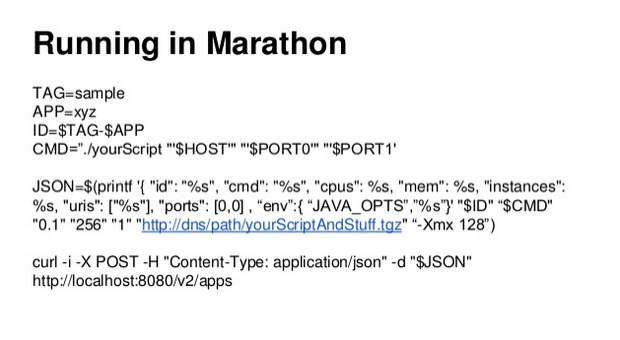Dear “Dear GitHub”,
Thanks for your recent open letter about GitHub’s shortcomings. As an occasional contributor to Chef, a large open source project itself , I completely empathize with your position. It totally sucks, for example, when an issue is DoSsed with a wall of unhelpful +1’s, especially by people who think open source creates a contractual obligation of free support and instantaneous bug fixes. I also agree that it sucks that GitHub hasn’t provided you with timely responses about your feedback, even if it’s to tell you “no”.
However, as a product person working for Chef Software, Inc., the company backing the aforementioned open source project, I feel obligated to inform you that, if I were the product manager for GitHub, the answer to your requests would probably be “no”. That’s not because I think your feature requests aren’t legitimate. It’s because they don’t impact paying customers very highly. And as a company whose developers have to eat, GitHub is probably going to prioritize those customers first. Sorry!
I could delve into a detailed analysis of why each feature you’ve asked for doesn’t matter much to GitHub’s paying customer base, but I think it’s pretty obvious. Paying customers use private repositories and/or GitHub Enterprise, and the wild[er]-west aspects of an open-source ecosystem simply don’t exist inside a company. You’re unlikely to see +1-DDoS-type behavior inside private repos, for example.
Don’t get me wrong. GitHub’s success has been built upon its popularity as a platform for open-source collaboration, and part of creating a commercial business upon an open-source foundation involves maintaining a fine balance between paying customers and open-source users. We have the same challenges at Chef. We’re a bit luckier, actually: we’re not trying to directly monetize our product, so we can afford to make the source code available to both our client and server so that anyone can contribute to it. But GitHub’s trying to sell the code behind the site as GitHub Enterprise, so that’s not a viable option for them.
In summary, I think you’re right to highlight GitHub’s lack of response to your feature requests. That’s just not nice. However, I don’t think they’re going to prioritize your actual requests highly. After all, what options do you have? Move Selenium, ember.js, and every other project the open letter signatories work on to BitBucket? Just the fact that you posted your missive to GitHub itself shows how attached you are to the platform. The only reason GitHub will work on your requests is if the media attention over your open letter gets too hot.
Well, I guess maybe your open letter isn’t such a bad idea after all. Carry on?
Signed,
Your local friendly product guy, Julian


